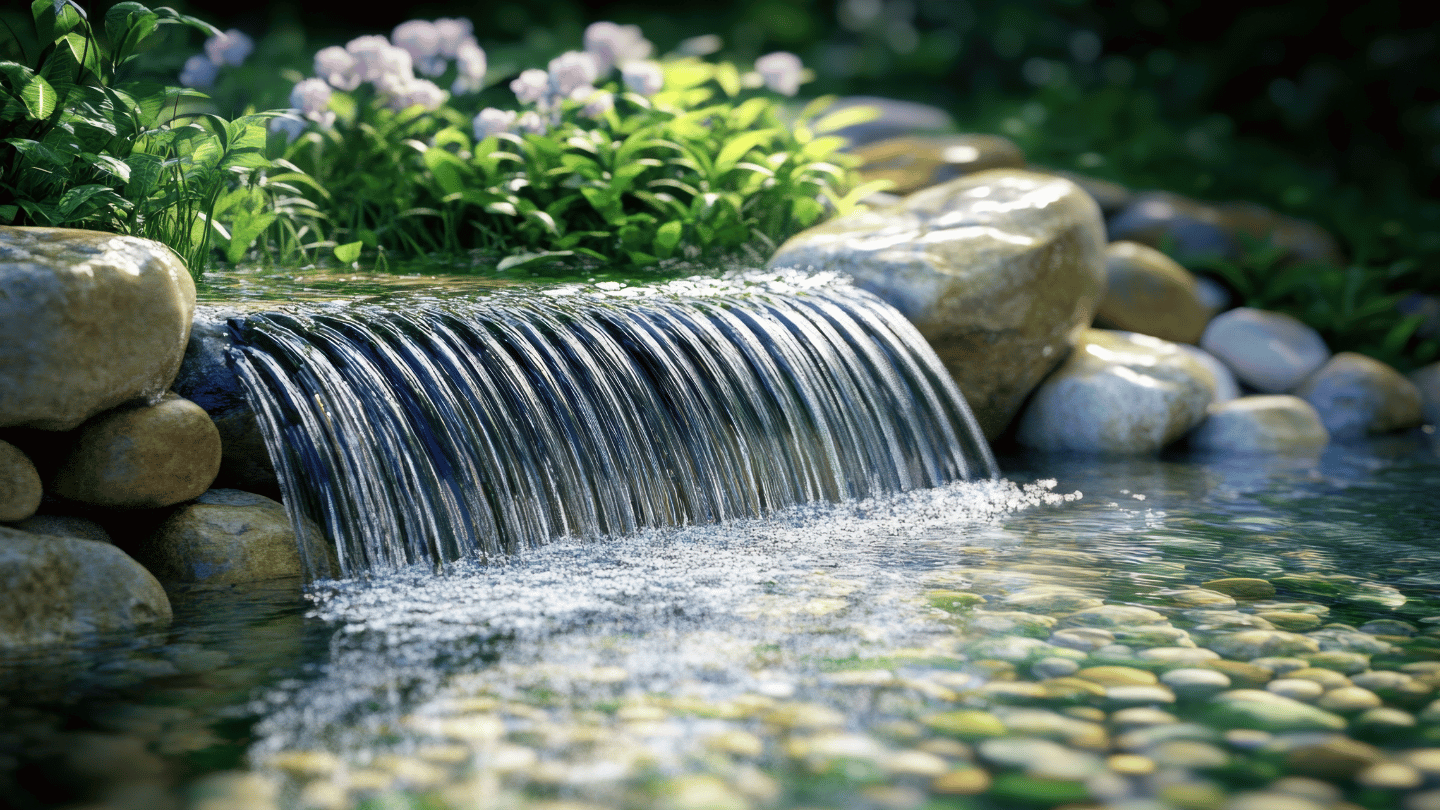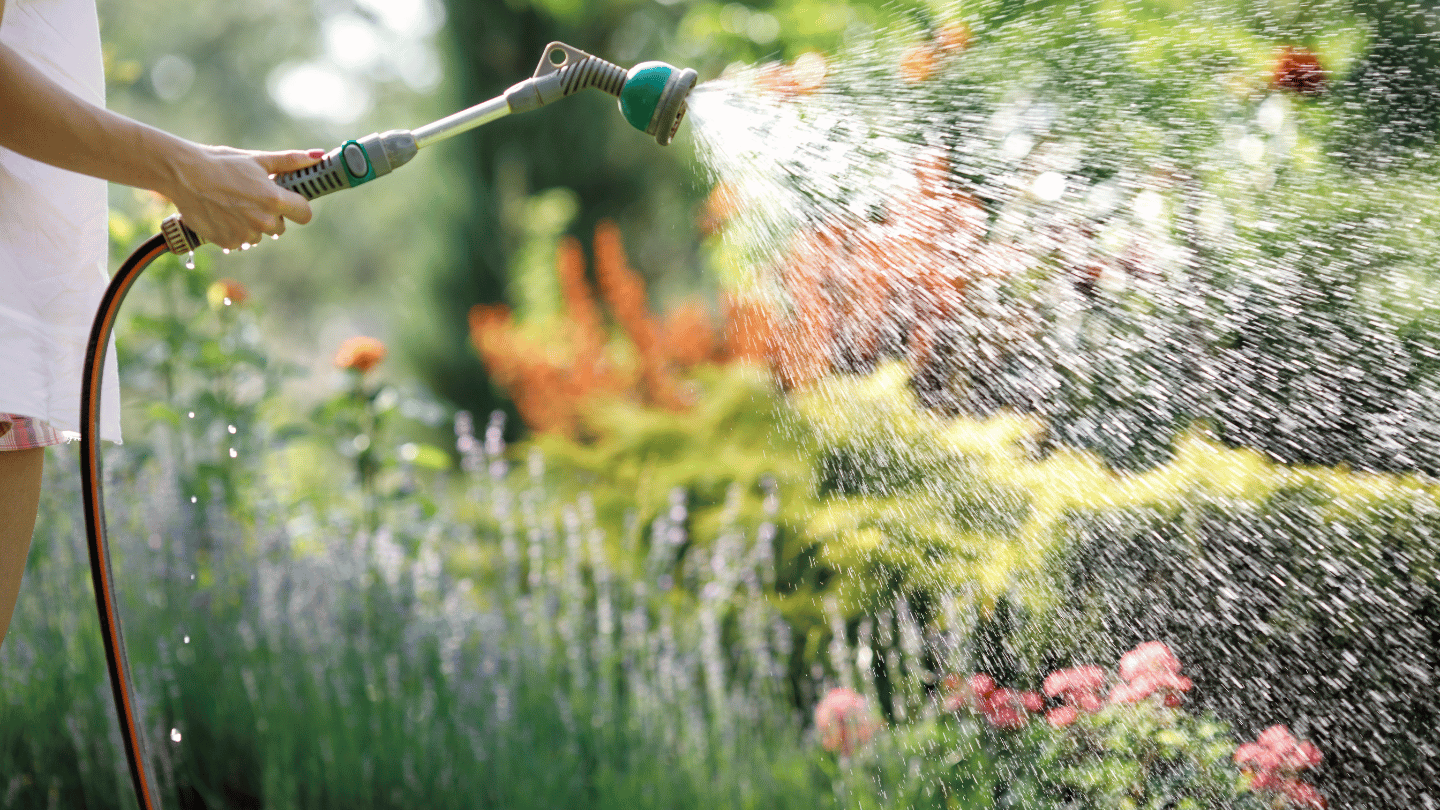You've probably walked past a fountain somewhere in LA that sounds like a concrete mixer running at full blast. Not exactly the peaceful backyard vibe you're after, right? Here in Glendale, where homes sit close together and sound bounces off stucco walls, adding water to your yard can feel like a gamble. You want that calming trickle, not something that has your neighbors texting the HOA.
That's why we've built dozens of pondless waterfalls throughout Glendale—they give you all the movement and sound of flowing water without turning your patio into an echo chamber.
What Makes a Pondless Waterfall Different
The name pretty much says it: there's no pond. Water spills over rocks and disappears into a hidden reservoir buried beneath river stones and gravel. A pump recirculates everything underground, so you don't have a basin sitting above ground collecting leaves, algae, or neighborhood cats looking for a drink.
We've installed these in courtyards barely 8 feet wide and in corner nooks where a traditional pond would never fit. The footprint's small—usually 3 to 5 feet across—and you're not digging out half your yard to make it happen.
Why Glendale Yards Work So Well With This Setup
Most of our clients here are working with compact outdoor spaces. Maybe you've got a narrow side yard, a front courtyard, or a patio that backs right up to your neighbor's fence. A pondless waterfall tucks into these spots without eating up your whole garden or requiring permits for major excavation.
And because there's no standing water, you're not dealing with mosquitoes breeding every three days or scrubbing algae off pond liner in August. The reservoir stays covered and relatively clean—just pull out any debris that works its way through the rocks every month or so and check that the pump's running smoothly.
One of our clients in Glenoaks Canyon wanted water near their kids' play area but didn't want an open pond. We built a low-profile waterfall along their fence line with rounded boulders. The kids can't access the reservoir, and the sound stays gentle enough that it doesn't compete with backyard conversations.
Controlling the Sound (Because Your Neighbors Matter)
Here's the thing about water noise: it's all about flow rate and how the water hits the surface. Push 1,500 gallons per hour through a narrow spout onto flat stone, and you'll get a loud splash that carries three houses down. Dial it back to 800 GPH over textured river rock, and you get a soft trickle that barely reaches your back door.
When we design these, we're thinking about your specific space. Dense neighborhood with close homes? We'll keep the drop height under 2 feet and use rounded boulders that break up the flow into multiple smaller streams. That creates varied sound—more like a creek than a fire hose—and it stays subtle.
The rock selection matters more than most people realize. Smooth granite or polished stone creates sharper, louder impacts. Rough-textured river stones and stacked flagstone diffuse the sound naturally. We usually mix in some moss rock too—it ages well and gives you that lived-in canyon look without waiting five years for patina to develop.
Making It Feel Like It Belongs
We always frame waterfalls with plants. Not just for looks—greenery actually softens sound. Ferns, grasses, and low succulents around the base absorb some of that acoustic energy before it bounces off your neighbor's wall. Plus, it helps the whole feature blend into your yard instead of looking like someone dropped a Home Depot display onto your patio.
If you're planning to enjoy this at night (and you should), add low-voltage LED lights. We usually tuck them under rocks or behind plantings so you get that warm glow on moving water without spotlighting the whole setup like a car dealership. Subtle lighting turns the waterfall into an evening focal point without the glare.
Worth It for Glendale's Water Situation?
Yeah, we get this question a lot. California's always in some stage of water consciousness, and nobody wants to feel like they're wasting resources on a backyard amenity. Here's the reality: these systems recirculate the same water over and over. You're topping off evaporation maybe once every week or two in summer—usually a gallon or less depending on size and weather.
We've also connected a few to rainwater catchment systems for clients who want to take it further. During our wet months (when they actually happen), you can supplement the reservoir without touching your irrigation allocation.
If you've been considering water in your yard but hesitating because of noise, maintenance, or space constraints, a pondless waterfall's probably the right fit. We've built them in Glendale for years, and they hold up well in our climate—minimal upkeep, no pond liner to patch, and peaceful enough that your neighbors might actually compliment you instead of complain.
Want to talk through what would work in your space? Give us a call. We'll come take a look and figure out what makes sense for your yard and your budget. No pressure, just real advice from people who've done this more times than we can count.


.png)


.jpg)





.jpg)